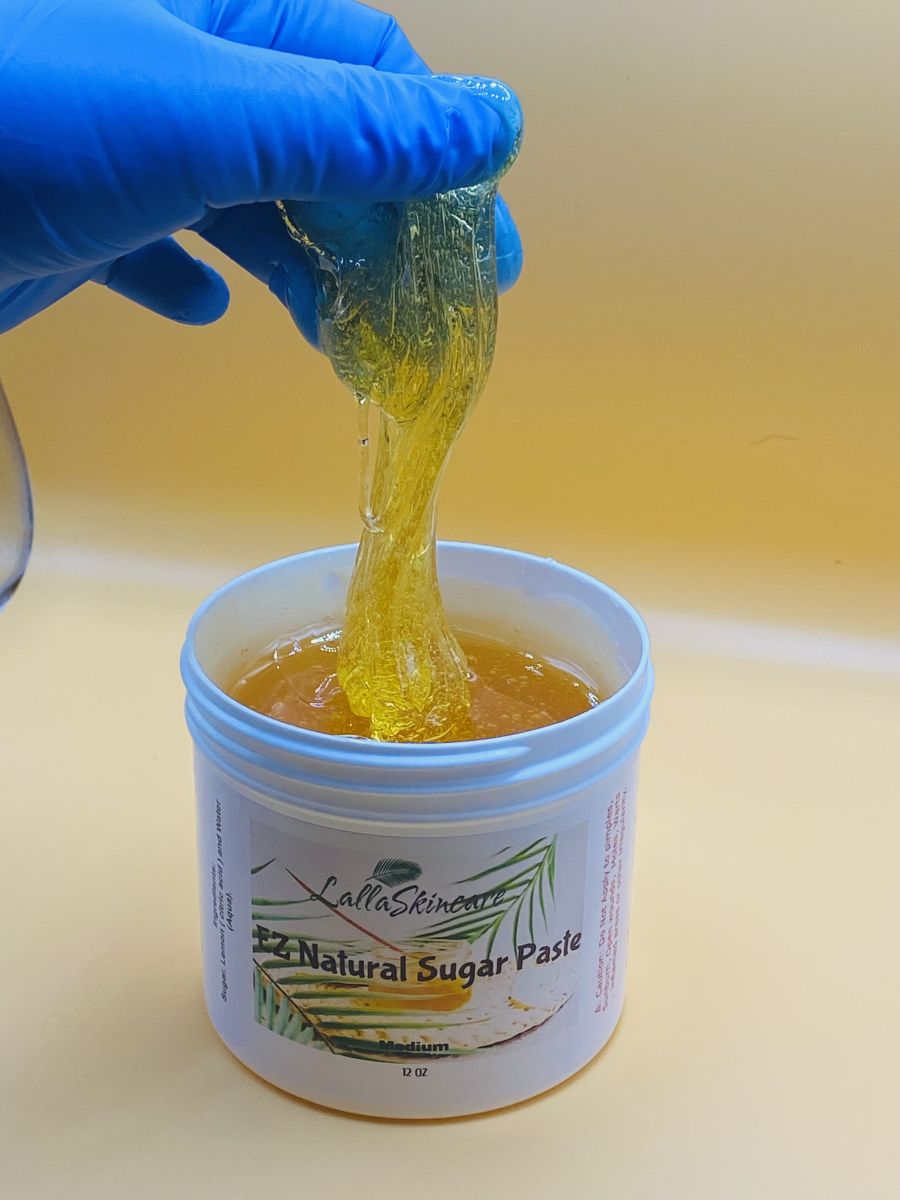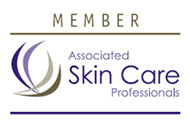Body Sugaring Q&A

what is Body Sugaring?
Based on a technique developed thousands of years ago in the middle east, Body Sugaring is a gentle and effective form of hair removal, using a natural ingredient - sugar. Sugar has an antiseptic function preventing bacteria from thriving. That is one reason why sugar dressings have been used to treat patients with wounds such as severe burns that are susceptible to infections. The results - reduced healing time and dramatically diminished scarring. The healing properties of sugar continue to benefit the skin in the Body Sugaring unique hair removal process. You'll witness the difference after your first treatment by its gentle action on your skin. Most people find that sugaring does not hurt. However, the first time you sugar it may feel as though you are pulling off a Band-Aid (particularly if you have always shaved). Don’t give up. Sugaring weakens the hair root making it easier to remove the hair with each treatment. By your third sugaring treatment, you too will find it virtually pain free! Sugaring Hair Removal Paste is gentle enough to repeat on same area if a few strands of hair remain. Skin may be slightly pink after removing the hair but should return to normal within 24 hours. Skin must be clean of all creams and/or oils before beginning your hair removal treatment. The time between treatments will be anywhere from three to five weeks, if you are new to Body Sugaring. That period will increase, even after a few months of sugaring. To ensure successful sugaring, hair growth must be at least a 1/4" or 6 mm to effectively remove hair by the root. Sugaring ingredients include: sugar, fresh lemon juice and water. Sugar has proven healing qualities and bacteria can not grow in large amounts of it. Citric acid (from lemon juice) is a mild astringent used to tighten and firm the skin; when the skin is firm the hair is removed more easily and gently. Sugaring is easily cleaned because it's water soluble. Sugaring not only removes the unwanted hair, it also removes dead skin cells, leaving the skin smooth and silky, which makes moisturizing more effective. If this layer of flaking or dead skin is not removed, applying moisturizers brings little or no benefit to the good layers underneath.
How long should my hair be before doing a sugaring treatment? Your hair needs to be at least 1/4 inch long (about the length of a grain of rice) or about 7-10 days of growth depending on how fast your hair grows. If it is longer, don’t worry. Your esthetician can trim your hair for maximum comfort during your treatment.
Is sugaring painful? Removing hair by the root is a bit uncomfortable; however, it is easier and more tolerable than waxing, as the sugar doesn’t “stick” to the skin. We recommend taking 2 over the counter pain relievers approximately an hour BEFORE your treatment to help make the process less uncomfortable.
I’ve experienced itchy bumps on my eyebrows, lip and/or face after waxing. Will I experience the same reactions with sugaring? If you have ever experienced itchy bumps after receiving an eyebrow, lip or facial wax – you are more than likely experiencing a histamine reaction. Histamine reactions also tend to occur when men wax their chest and stomach areas. This reaction can also happen with sugar; however, you can reduce the reaction by taking an over the counter antihistamine 30 minutes prior to your treatment and applying cold compresses to the area for a couple of hours after the treatment. These bumps are NOT ingrown hairs.
I’m currently taking Accutane and cannot wax. Is surgaring something I can do in place of this? NO! Accutane is an oral Vitamin A and is systemic. You cannot be sugared, waxed or have any professional exfoliation within 6 months of using Accutane.
I use prescription topicals such as Retin-A, Differin or Tazorac. Can sugaring be performed in the areas these prescription topicals have been applied? You should be free from use of prescription topicals for at least 3 months before getting sugared on the area where the topical is used.
I have psoriasis or eczema. Is sugaring something I can do? Yes! We can use sugar even the most sensitive of skin. We will, of course, do a small area to make sure you are comfortable with the treatment.
How long can I expect the sugared area to be smooth and free of hair? Every individual’s hair grows in stages; Anagen, Catagen and Telogen. After your first sugaring procedure we will be able to establish which stage you will be categorized in, as the root will tell us this information. Once we know what stage, your esthetician will be able to tell you when to expect re-growth and when to come in for a follow-up treatment. The goal is to remove the hair in the Anagen stage in order to have the longest time of silky, smooth skin.
Is there really much difference between Waxing and Sugaring? Yes!! Wax is made with resins, which stick to the skin, as well as, essential oils. This allows for the wax to possibly lift and tear the skin, and/or cause allergic reactions. Sugar paste is simply sugar, water and lemon- no resins, no essential oils. With sugar being a water-soluble (it cannot stick to anything that holds water) and our live skin cells are made up of 98% water- sugar paste cannot lift nor tear the skin. It simply removes the hair while exfoliating the already dead skin cells, leaving you with soft, smooth, exfoliated skin!
I’ve started my period and have an appointment to get a brazilian; Should I reschedule? Menstruating does not affect the sugaring process, although you may be a bit more sensitive to pain. There is no need to reschedule, simply use a tampon during your appointment.
I’m pregnant—can I still get sugared? Although sugaring is safe for everyone, including all y’all pregnant gals, please be sure to clear it with your doctor or physician.





